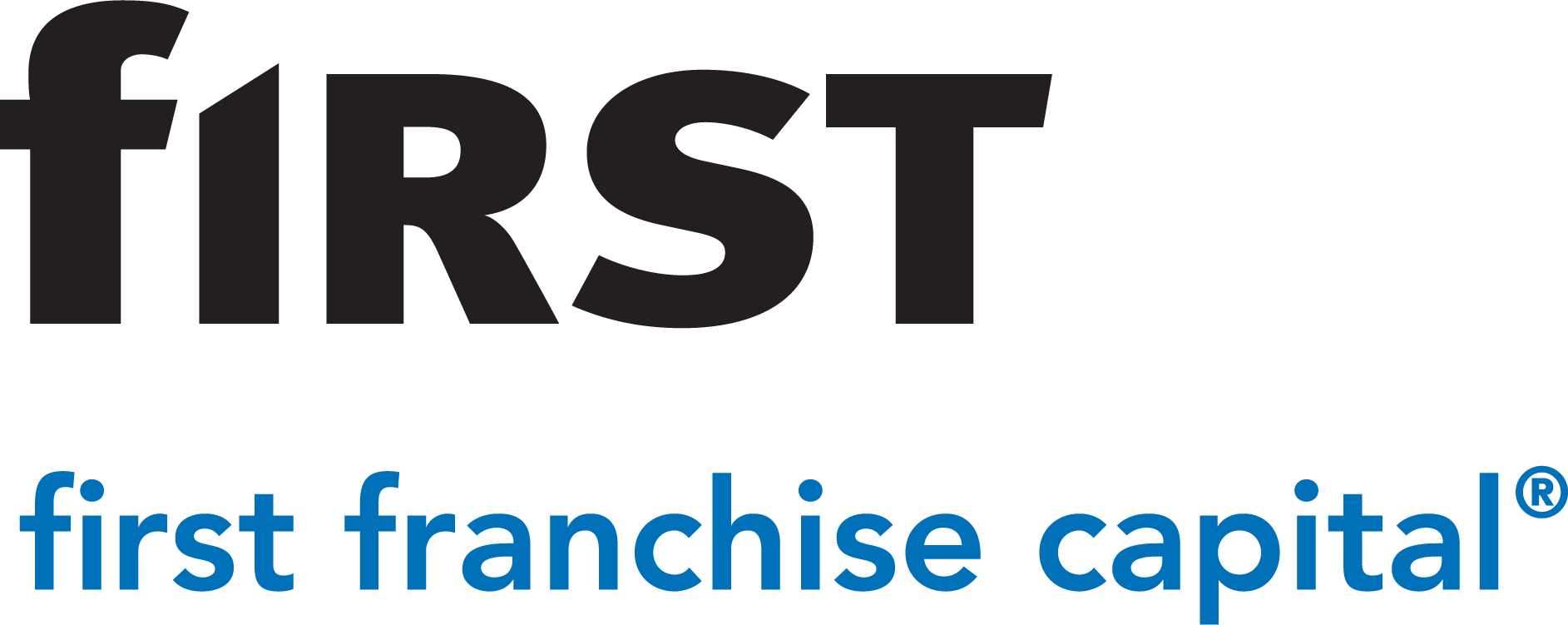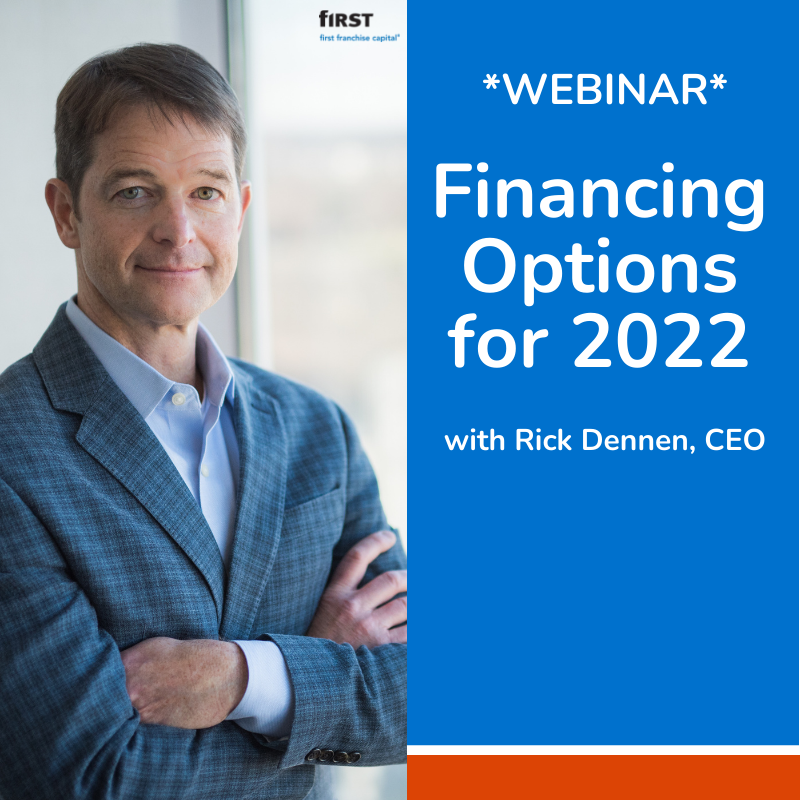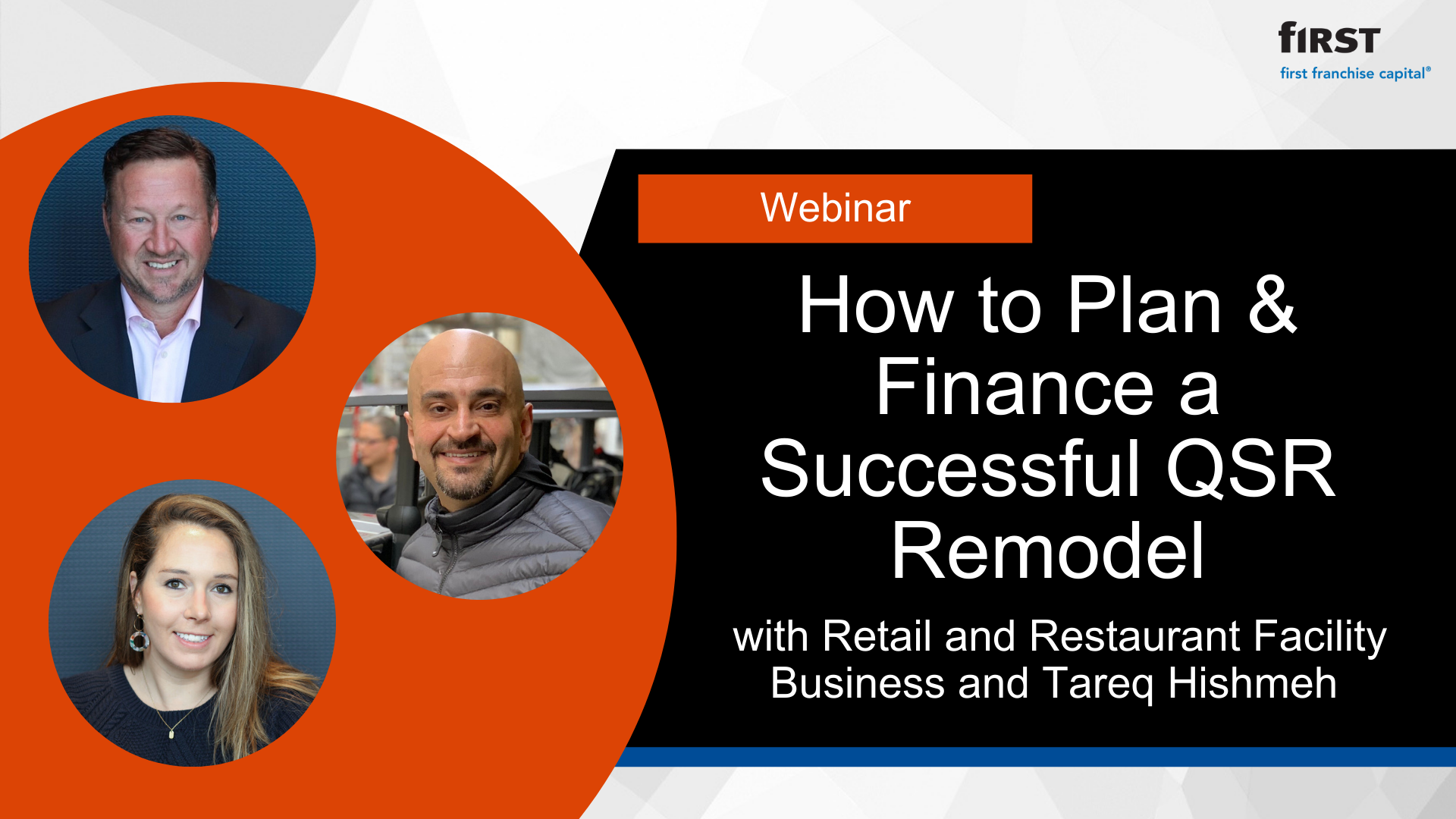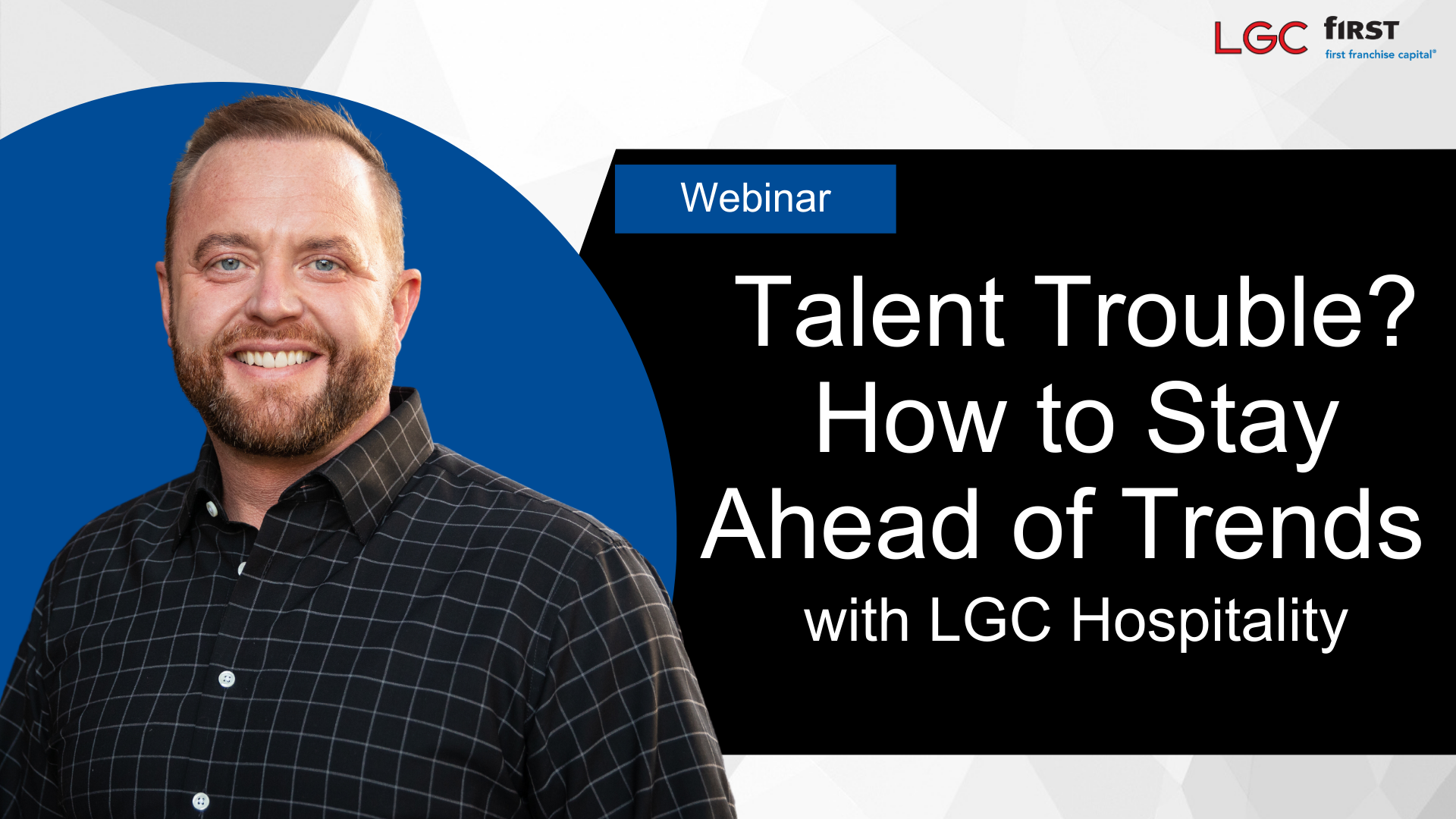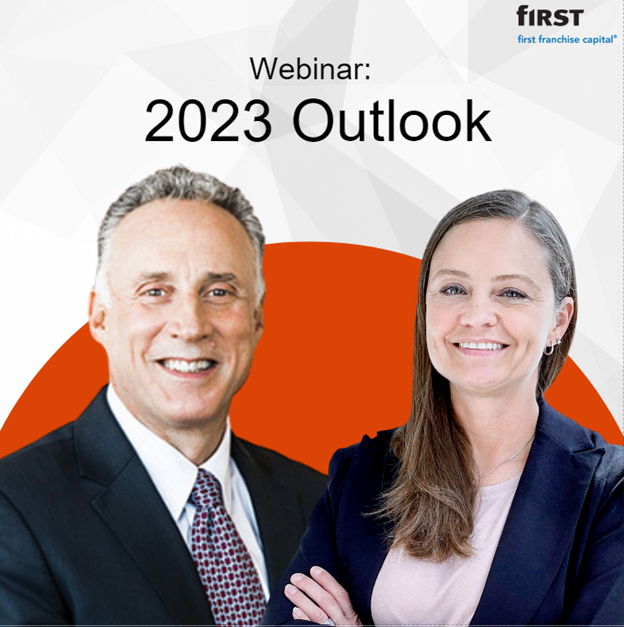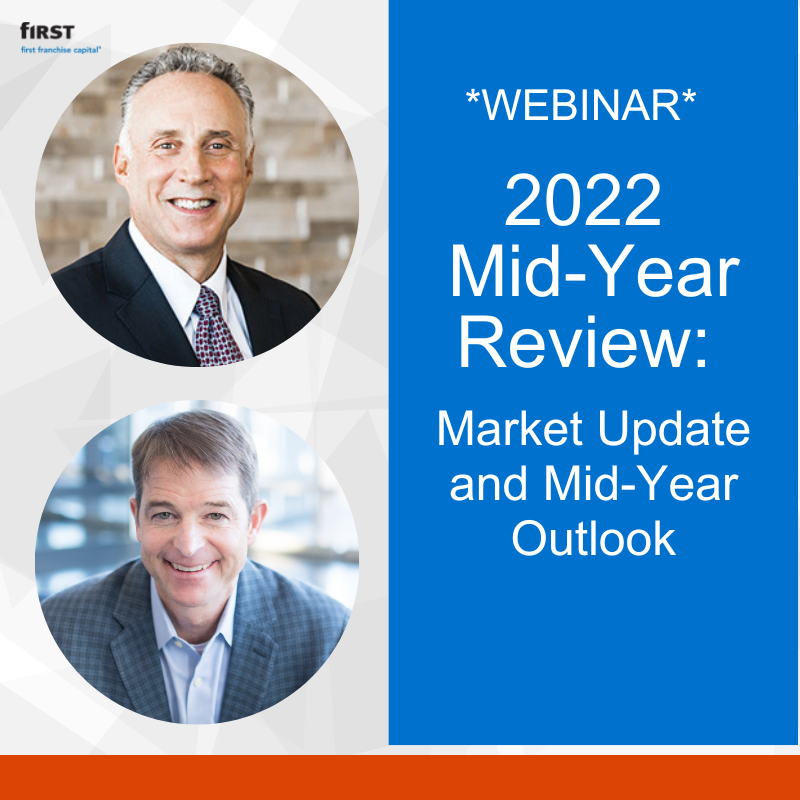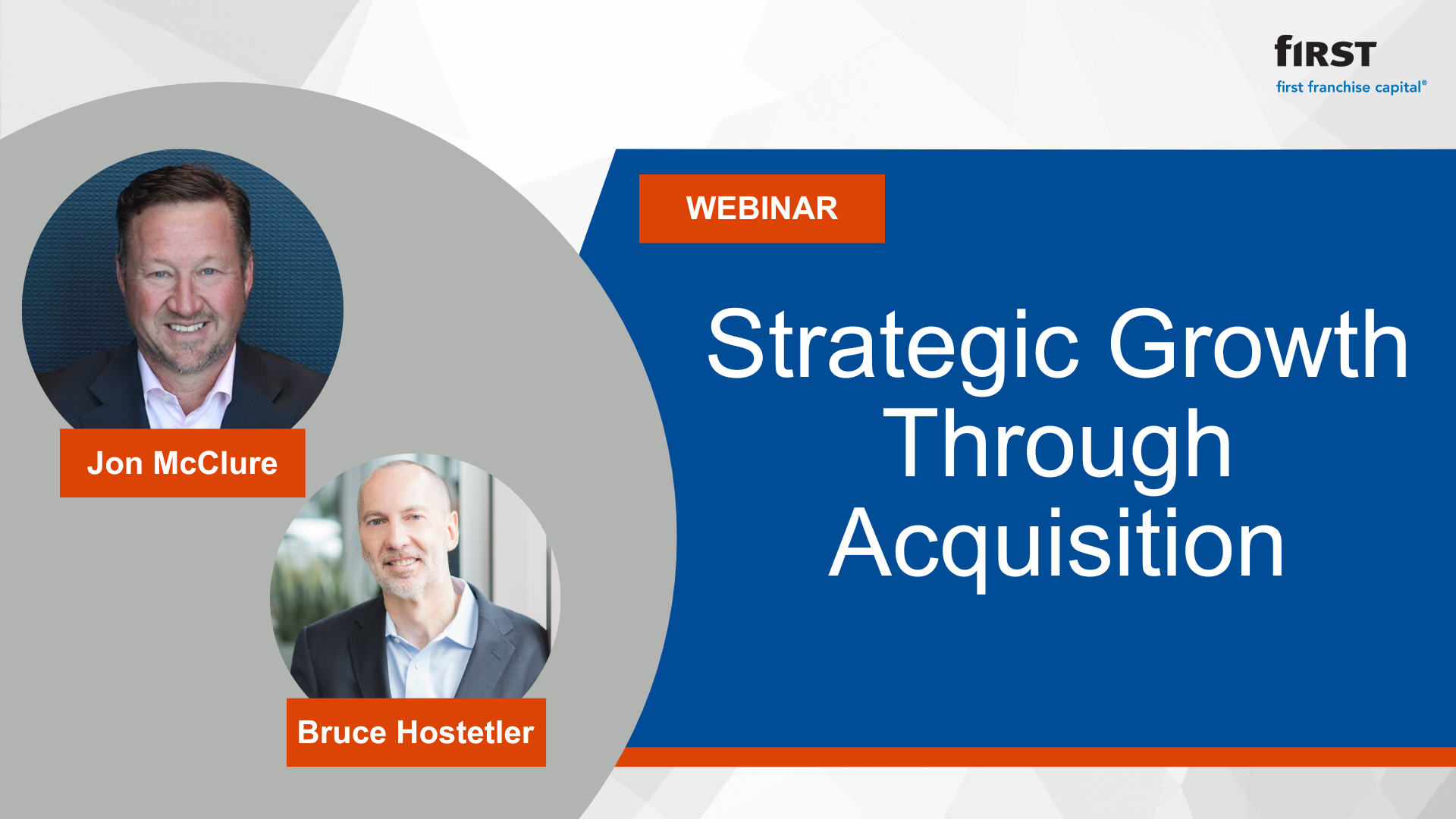Financing Options to Grow Your Business in 2022
- 0.5
- 1
- 1.25
- 1.5
- 1.75
- 2
Kirsten Petras: With the ever changing COVID situation, discussions of tax changes, rate changes, we thought it would be prudent to start the year off with a conversation about the capital options available to you and how you can use them to grow your business. As we begin to talk about capital options, as an owner and founder of a company yourself, Rick, would you first take about 60 seconds to explain how you used capital in an equity form and a debt form as you were building Oak Street Funding (and First Franchise Capital)?
Rick Dennen: Well, I'm not sure everybody's aware but Oak Street was started from a piece of paper back in 2003 so every bit of capital that came in was needed to start this business. Both equity and debt were raised and if you look through kind of the evolution of a lot of different businesses, they typically start almost with a friends and family round, go to a small institutional, larger institutional. We followed that exact format. I had gone back to some people that I had worked with in the past, which part of Oak Street Mortgage, they were looking to diversify and presented this business plan. They provided the initial equity funding to get the business up and going but immediately, which isn't always the case, but immediately we went to a bank and got a $15 million line of credit. A lot of times you'll need to raise one or two rounds of equity before you can get debt financing. We did it simultaneous, which allowed us to grow a little bit quicker and leverage quicker. That's how we started and then continuing with that evolution, more equity gets added, more debt gets added as the business grows.
Kirsten Petras: With our first question, what is the difference with something that is most familiar to people when it comes to debt, SBA lending for businesses versus non SBA lending for businesses? Why did you, after giving a little bit of an overview of the differences between the two, curious to know why you chose to structure Oak Street as a non-SBA lender?
Rick Dennen: Yeah. And really two different questions there but two good ones and SBA is when you think about that, that was evaluated as we started to grow the business. And it's a pretty common form and first use of capital, especially in the form of debt. You've got a 7(a) and a 504, which I think are the two most common SBAs. And when you look at those, there's certain businesses that qualify, finance companies are not one that qualify with an SBA for a 504 or a 7(a) so it became not an option for us, but as you know, it's an option for some of the industries that we lend to and things like that. Some of the differences though, when you think about the eligibility of a business, the terms and conditions in which they would lend and some of the limitations that they place on the amounts that they can lend, who they can lend to, the timeframes, it really is somewhat of a difficult process. And I think if you go out there and look at what's the hardest capital to raise? SBA lending is absolutely the top of that but it serves a wonderful purpose for the United States to serve small businesses, businesses that need some help and capital to grow and it really, it provides the guarantees to the banks that then are willing to take a greater risk on some businesses. It really serves its purpose but for the purposes of Oak Street, it did not. We obviously always went with straight conventional lending and things like that. But today I would say, if you're talking 2022, the thing that I see this is if you just take two periods of time of 2003 to 22, the biggest difference today is just the amount of I'm going to use the word capital that's available in the industry. And it's really money that is to be deployed through private equity funds, family offices, things of that. And just some of the innovation that it's kind of spurring, finance companies that it's starting, equity. And it really has changed the dynamics and the dichotomy of what people are paying, how people are structuring deals, how long people are holding deals and things like that. And now you see trading from PE to PE, PEs to family office, which I think is going to become even more prevalent. Family offices are growing at 300% a year and they're just wonderful capital, patient capital that I think is going to be a big part of our future.
Kirsten Petras: Oak Street Funding (and First Franchise Capital) itself is a non- SBA lender to our clients.
Rick Dennen: Correct.
Kirsten Petras: Has there been a reason why we've not chosen to incorporate an SBA product in our offerings?
Rick Dennen: We chose as we evaluated our brand, who do we want to be? Do we want to be known as somebody that it's difficult to process and work through and make changes or ease in use, flexibility, things like that? And that's the route we chose. And if you think about that, Kirsten, 30% of our loans have come back for a second and third bite at the apple, as one of our colleagues always says, is a second, third bite at the apple, which is great. And I would guess some mutually exclusive number of probably greater than 50% of our people are going to ask for modifications of their loans. There's going to be change in ownership, there's going to be an M&A transaction, succession, change in the amount they want borrowed, the term they want it over, things of that and it becomes very difficult if you're inside the SBA and it may disqualify you with some of those changes. If you're talking 30% second bite, which it isn't really allowed based on the timing, amounts over five million bucks, modifications because come very difficult, I think those were the primary reasons and it doesn't make sense for our business.
Kirsten Petras: Somebody's asking a question from the registrations, how can I make my business attractive to private equity?
Rick Dennen: It's no different than what should you be doing to run your business effectively? Have proper controls, proper documentation, focus on employees, focus on customers. The basic things that you have in the building blocks of a longterm, sustainable business is exactly what a private equity company is looking for. They're going to look for one more thing I would say is you've got those fundamentals of growing a business but a private equity company wants growth. Private equity isn't going to buy a company that is going to be status quo for the next five years. There's no reason to do it. They are going to look at the addressable market that you serve, what are the growth potentials? The capital that they're providing, how can that be utilized to get to a different level and a different valuation so that they can realize the returns they need? Sometimes you can be penny wise, pound foolish, where it's look, I'm not going to hire these people. I'm going to do it myself and I'm going to do this and this and then I'll go to private equity. And the bottom line EBITDA is going to be a little bit higher but ultimately the enterprise value, if you look at the future growth potentials, you don't have a CFO, you have an accounts payables clerk or something, you know what I mean? And having a sustainable management team and one that can propel you to the next level, that's something they're going to evaluate. You shouldn't say," Well, I'm going to sell to private equity in three years so I'm going to do these." Just run your business in the most effective way you can to build a longterm, sustainable type company. And to be honest with you, having options is the best thing you can do for your business. That's going to give you the greatest valuation. If you go out to the market, to private equity and you've got one offer versus having nine offers, that's going to drive valuation.
Kirsten Petras: Or 22 offers.
Rick Dennen: Or 22 offers. Those things really have a lot of impact.
Kirsten Petras: There is an option out there for people, for minority investment to help them not with necessarily selling but just the growth capital debt they need. And when someone's looking at what those options are for them, be it debt versus a minority investment, what are some considerations people should have when making those choices?
Rick Dennen: What controls is that minority investor looking to have? If somebody comes in at 10 or 20% but they want control of the business and they're going to ask for that in voting, then I would say that's a red flag and you got to be careful. Debt is always cheaper than equity but you can't continue to leverage up 10 times over 10 times your EBITDA to run a business. It's tough. There's got to be the proper balance there but I think people need to be very selective in who they are selecting. Even a minority can be a tremendous headache if they're not aligned with the strategy, aligned with the culture and what the executive team is trying to accomplish.
Kirsten Petras: Kind of moving to lending trends. One of the questions asked and we're hearing about this all over the place, how are lenders navigating? How are lenders probably making decisions around what they're lending in relation to these rapidly accelerating EBITDA multiples in M&A?
Rick Dennen: I think lenders are getting smarter as they've seen time to maybe look a little bit deeper instead of just looking at the numbers. Let's look at the ad backs a little bit deeper. Let's look at the proforma. Let's sit down with the management team and assess their capabilities. Certainly the character issues which we talk about are just binary. They either exist or they don't. If they don't, I don't care what numbers work, we're not interested in the deal. It's assessing that management team and their ability to truly execute in their intent to repay that back. Because the one thing you know is that as soon as you give somebody dollars and the plan that's been laid out, it changes. And that gets to the 30% we talked about of people asking for additional money on a second acquisition or 50% of them looking for modifications of their loan.
Kirsten Petras: We're entering a rising rate environment. First of all, every day is a rising rate environment because we're basically at zero but it's actually been announced we should all expect some increase to interest rates here soon.
Rick Dennen: I just read today, 90% expect an increase at the Fed's next meeting, which I think is in early March.
Kirsten Petras: Sure. But with that on the horizon, is that going to be what changes some of the free flowing capital out of some more traditional source banking sources and they start to kind of scale back a little bit? What is this going to do? We know what it'll do to the user of debt. They're going to enter it a little differently. They're going to weigh the cost of capital to themselves. Will it affect the debt that's coming out from the lending institutions?
Rick Dennen: I just think everybody knows and follows interest rates. They know where they're going and I think as interest rates go up, people may say, "My buying power decreases." You think about with a mortgage in a house, when, like you said, interest rates are basically zero today so if you throw on 25 extra basis points, is that going to kill the deal? Absolutely not. I don't think that but if we get three, maybe four rate increases is in 2022, an extra 1%, if they're 25 bips each time, that could have an impact on just some cashflow. But even when we've done sensitivity analysis around here on interest rates and the performance of those loans, it's just not that dramatic to the overall performance. What's more dramatic is because a lot of times increases in interest rates might be highly correlated to increases in a hard market so premiums going up. For example, on the insurance side or your equity markets are going up, so it's kind of offset and it's really not that big of a deal. It really, it gets down to executing on a growth strategy, finding the right people in your business, which is really what's becoming harder today is.
Kirsten Petras: Human capital.
Rick Dennen: Employees and staffing, human capital.
Kirsten Petras: I think we went into the pandemic with some significant adjustments, rapidly executed.
Rick Dennen: One time. It was big.
Kirsten Petras: And so really that was pretty robust market then.
Rick Dennen: Very.
Kirsten Petras: You're right, this is going to be a change and people don't like change but it's really just taking us back a couple years where people still said that was very, very attractive price.
Rick Dennen: When everything was very bullish. Good point.
Kirsten Petras: Sticking with trends, a trend we definitely saw take off during the pandemic was moving from talking about succession plans to implementing succession plans.
Rick Dennen: Very quickly.
Kirsten Petras: Very quickly. Funding internal ownership succession plans. What are some best practices for financing internal ownership to employees?
Rick Dennen: I would say start early and stage it in there. We've got some really great examples of where you see the staged end continued, plans of you might have people in the forties, fifties, sixties and even some of the original legacy founders at 70. And there's that view that you can be an owner of this organization and you take ownership and have passion for the business and you can grow those businesses. And those are the people you want to see in the organization and continue to be there and perpetuate the business. Those are the best. When it's more of a longterm view, we certainly funded a lot of successions that did occur during the pandemic and I think those were probably more, I'm going to say pent up successions, where people were busy running their business, running their lives. Things were good. I don't have time to deal with this succession. And then bam, the pandemic hits.
Kirsten Petras: Prioritizing.
Rick Dennen: And it's like, you know what? Let's prioritize this.
Kirsten Petras: Yeah. Discuss some short term working capital programs and requirements that can be utilized to implement growth programs within our borrowers' businesses.
Rick Dennen: Yeah. I think from a working capital perspective, having a line that you could. I think people and we say this around there all the time, we need to be in the market all the time looking for good people. And human capital, as you said, is going to be difficult. But if you've got a line and you could find three, four, five people that might be a strain on the cash flow temporarily but as they roll in their business, as they start to grow after spending some marketing dollars, there's just a timing issue there. And so being able to do that but having those capabilities to hire people, I would think that would be number one. The people and the marketing side of it, whether that's updating your offices, certainly updating technology and trying to keep up with that, good luck there, that's very difficult to do, but spending those dollars and investing in the infrastructure really on those growth items, looking for return on what you're getting out, if you think about it that way.
Kirsten Petras: How does a lender help a midsize agency compete in today's M&A environment?
Rick Dennen: I'm going to start with the acquirer needs to have a certain skillset to be able to identify, evaluate and integrate. You start there with the acquire. How can we help them? We worked with one this morning that's working on an acquisition and it's we've got to provide a letter of a letter of intent. It's like, well, what if you had a term sheet as an exhibit to that? And let's put that right behind you. Capital is very, this is a timing issue. They are competing with four or five other bids. And if he walks in and he is the only one that's got a term sheet for all the capital that's needed, that lines up with the LOI, I think that's really powerful. It's like walking into a house buying situation saying.
Kirsten Petras: Cash.
Rick Dennen: "We'd like to buy your house and there's no contingencies. We have already got everything lined up." You're a step ahead probably of the other four and the other parties in there.
Kirsten Petras: Last question, how should I go about finding acquisitions? And how do I beat other offers?
Rick Dennen: The approach I don't like is just putting your card out there and saying," Hey, we're looking for acquisitions." What I think is a better approach is to really understand your capabilities. What are your strengths and weaknesses? And if you're true to those, figure out if you can acquire. If you can, where do you want to grow your business? Do you want to compliment your weak areas with products and services that you don't have? Do you want to capitalize on your strengths and just make those better and get a greater share of the market? And maybe you can go to the West and you're only in the East now. And then once you identify those, identify the players in those spaces and go visit them. The markets that we're in are super big. It's not like it's a mortgage market, so there's a finite amount. Call it 40,000 in some of these industries. You can identify pretty quickly exactly who is in that space. And then go talk to them. Send them a letter, talk to them, see them at a conference. And it may not be an approach that is going to result in an acquisition in three months but certainly in a year, two, three, as people think about succession and the amount of dollars that need to change hand, I think it's going to be a better acquisition, a higher success down the road.
